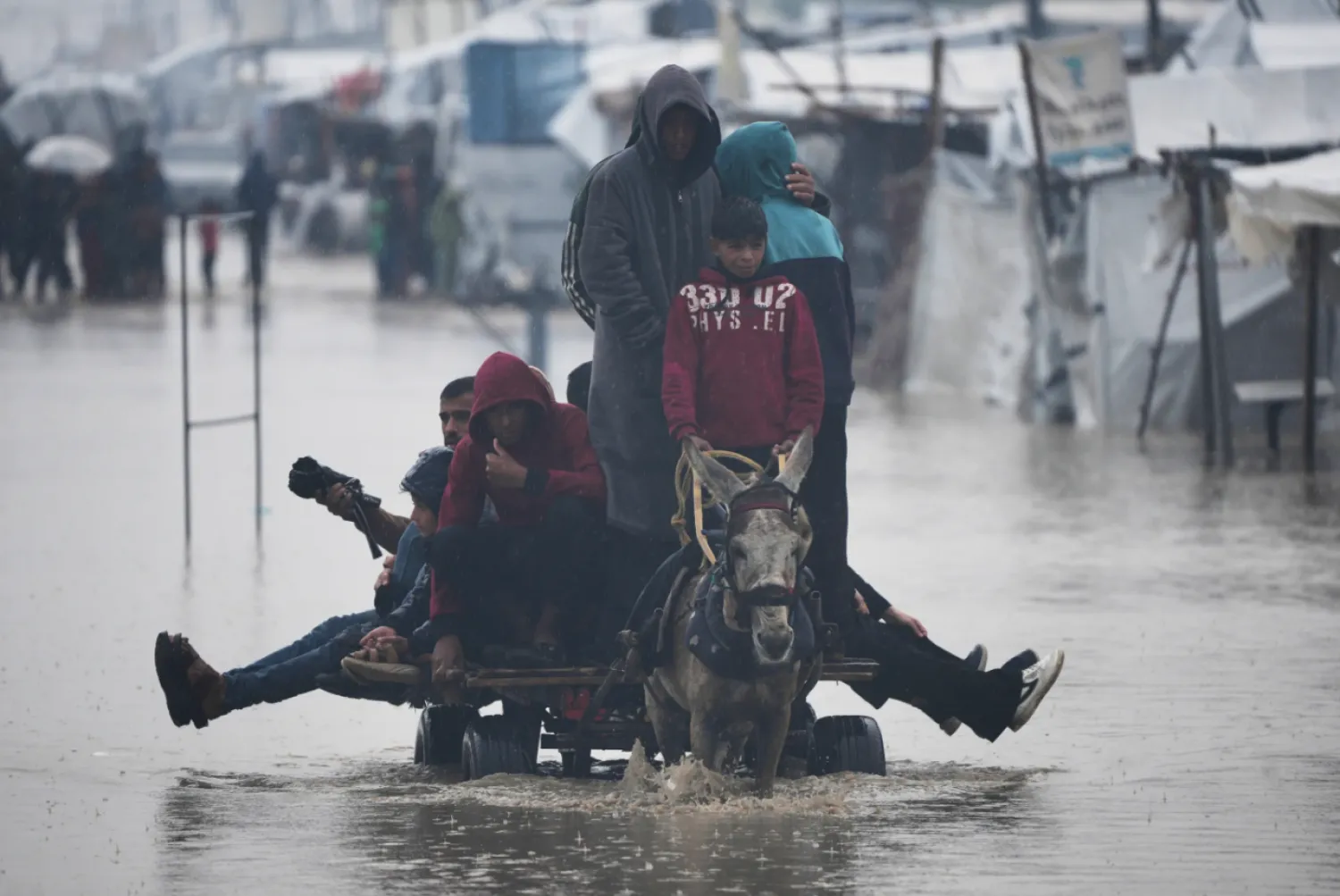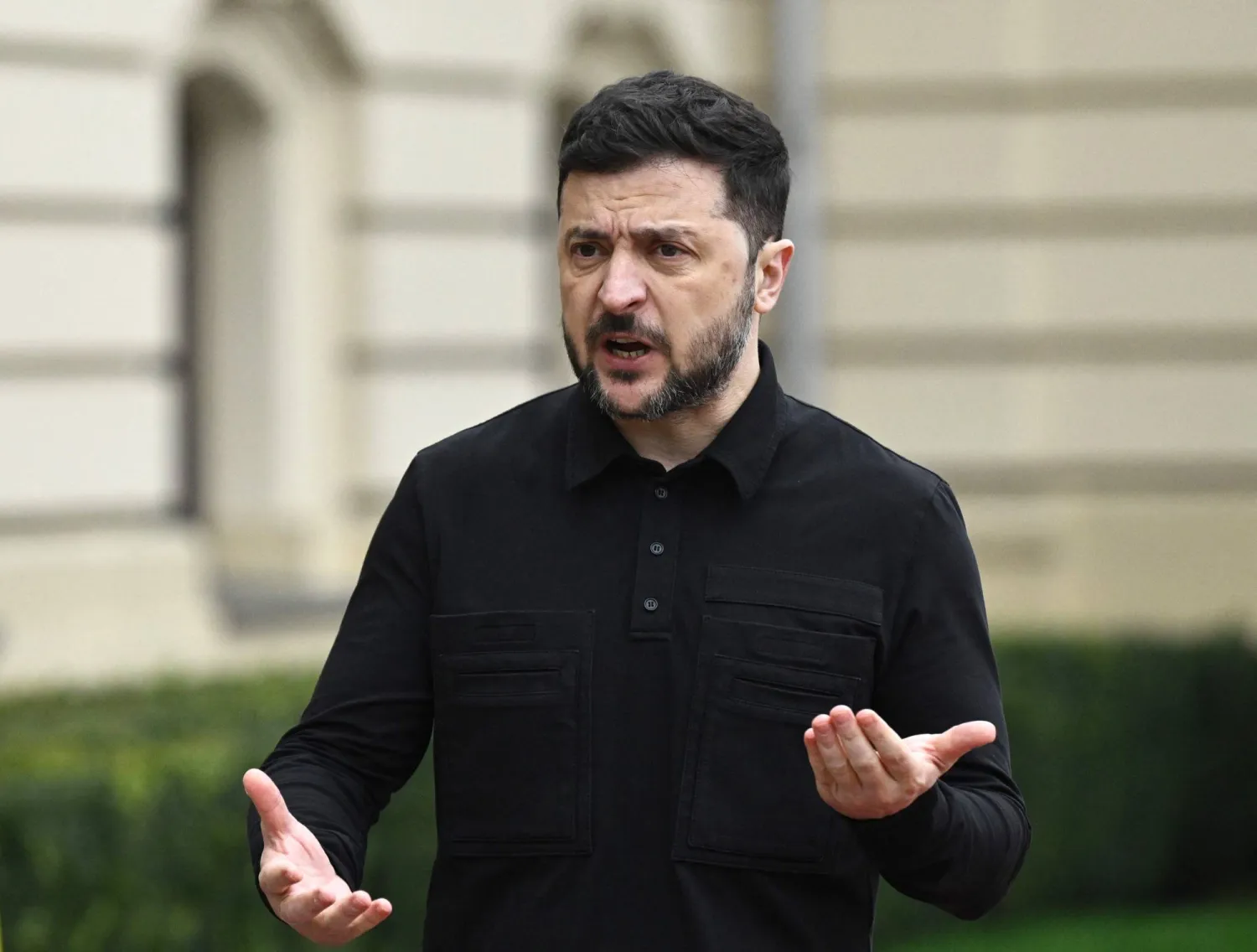The US and western powers appear “incapable” of containing the attacks by the Houthis in Yemen against commercial ships in the Red Sea eight months after the Iran-backed militias started launching their operations.
The Houthis have been carrying out drone and missile strikes on shipping lanes since November, saying they are acting in solidarity with Palestinians in Israel's war in Gaza.
The US, UK and European powers have since dispatched missions to the region to counter these attacks with apparent little success as the Houthis have upped their operations, with their strikes even reaching the Mediterranean.
Dr. Najeeb Ghallab, undersecretary at Yemen's Information Ministry, said the West still wrongly believes that the Houthis can be “rehabilitated” and employed to combat terrorism.
US envoy to Yemen Tim Lenderking said in April that a military solution was not possible to resolve the problem in Yemen.
Ghallab added that the US, West and even China have “all failed” in containing the Houthi attacks in the Red Sea and their threats to international navigation.
“The Houthis are a suicideal phenomenon that is more dangerous than ISIS, the Taliban and al-Qaeda. These groups did not threaten international trade the way the Houthis are doing now. In spite of this, the West is still incapable of taking firm decisions,” he went on to say.
The Houthis are labeled as “reckless”, not “terrorist”, when they violate the interests of the Yemeni people and the entire world, he lamented.
“The Americans have a blind spot in handling the Yemeni file. They are still following Obama’s approach and favoring Iran’s agents in the region,” Ghallab stressed.
The Americans and UK have carried out around 530 strikes against the Houthis since January, leaving 58 of their members dead and 86 injured, according to the militias.
The Houthi attacks have so far hit 27 ships, sinking two.
Ghallab wondered why western powers have yet to strike the Houthi command and control centers. The US is only targeting command and control centers from where the rockets are being fired, but they have yet to attack critical Houthi locations.
Have the western powers struck a deal with the Houthis as part of a plan to legitimize them in Yemen and turn them into a partner with all national powers? he asked.
He dismissed the possibility, stressing that the Houthis are extorting the Arab coalition, legitimate Yemeni government and international community.
Moreover, he warned that the world is facing in the Houthis “an organized and professional terrorist” group, meanwhile, “no one is prepared to support the legitimate powers in Yemen to end the Iran-made crime in the country.”
“The world remains blind when it comes to Yemen. Yes, the Houthis may be claiming victories now, but, at the end of the day, they will be defeated,” he remarked.
Asked about the best way to confront the Houthis, he replied: “The answer may be impossible, but it is simple. We have a real force on the ground in Yemen, not just in regions held by the legitimate government, but in Hodeidah, Saada and Sanaa. Everyone there is looking for salvation from the Houthis.”
“Are foreign powers prepared to support the real forces so that a Yemeni state can be formed?” he wondered, while noting that the West “is opposed to the idea of freedom and revolution in Yemen.”
“This is a western problem, not a Russian or Chinese one. This isn’t a conspiracy,” he went on to say. “Rather, the West is strategically blind to the situation.”









